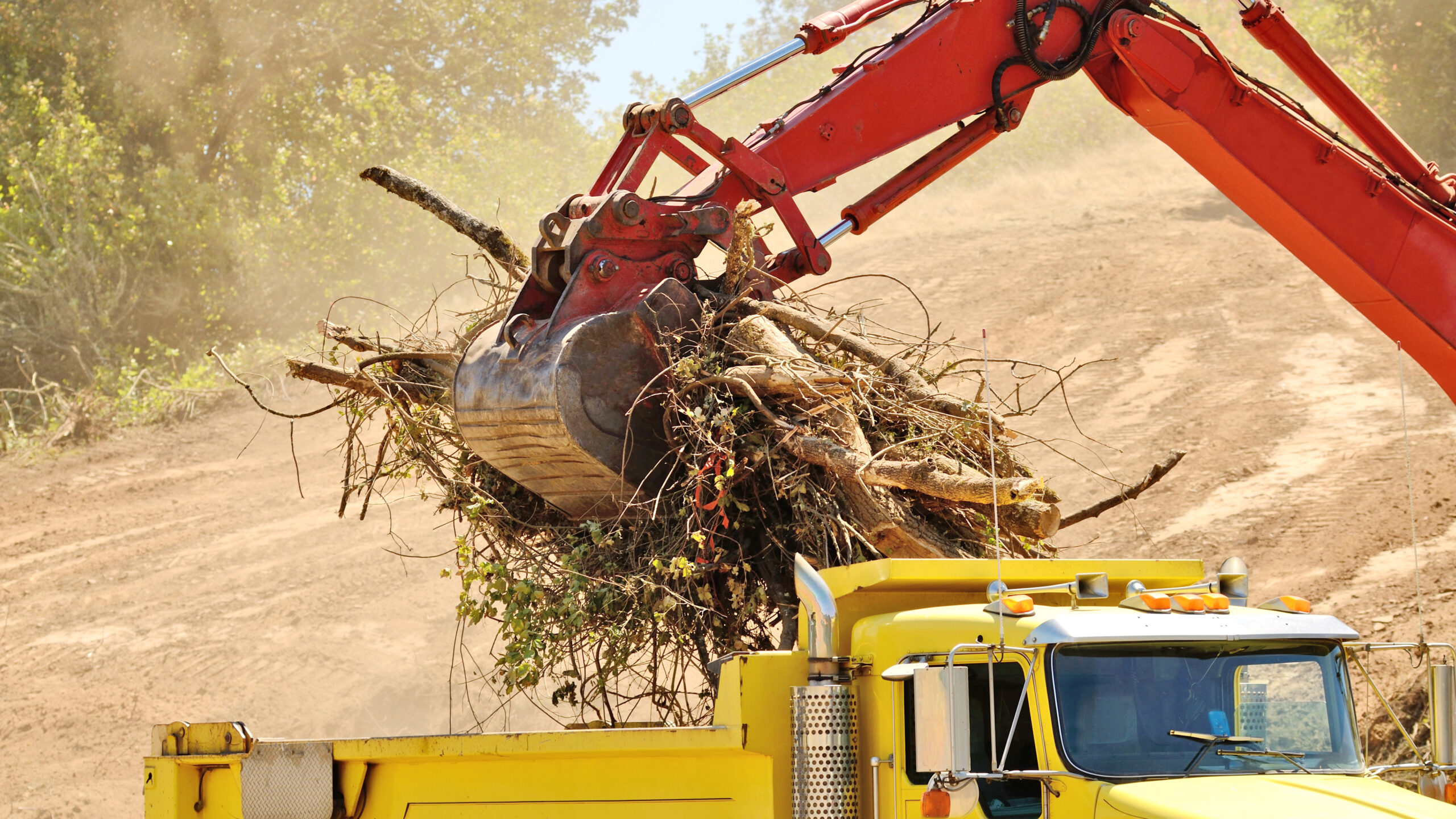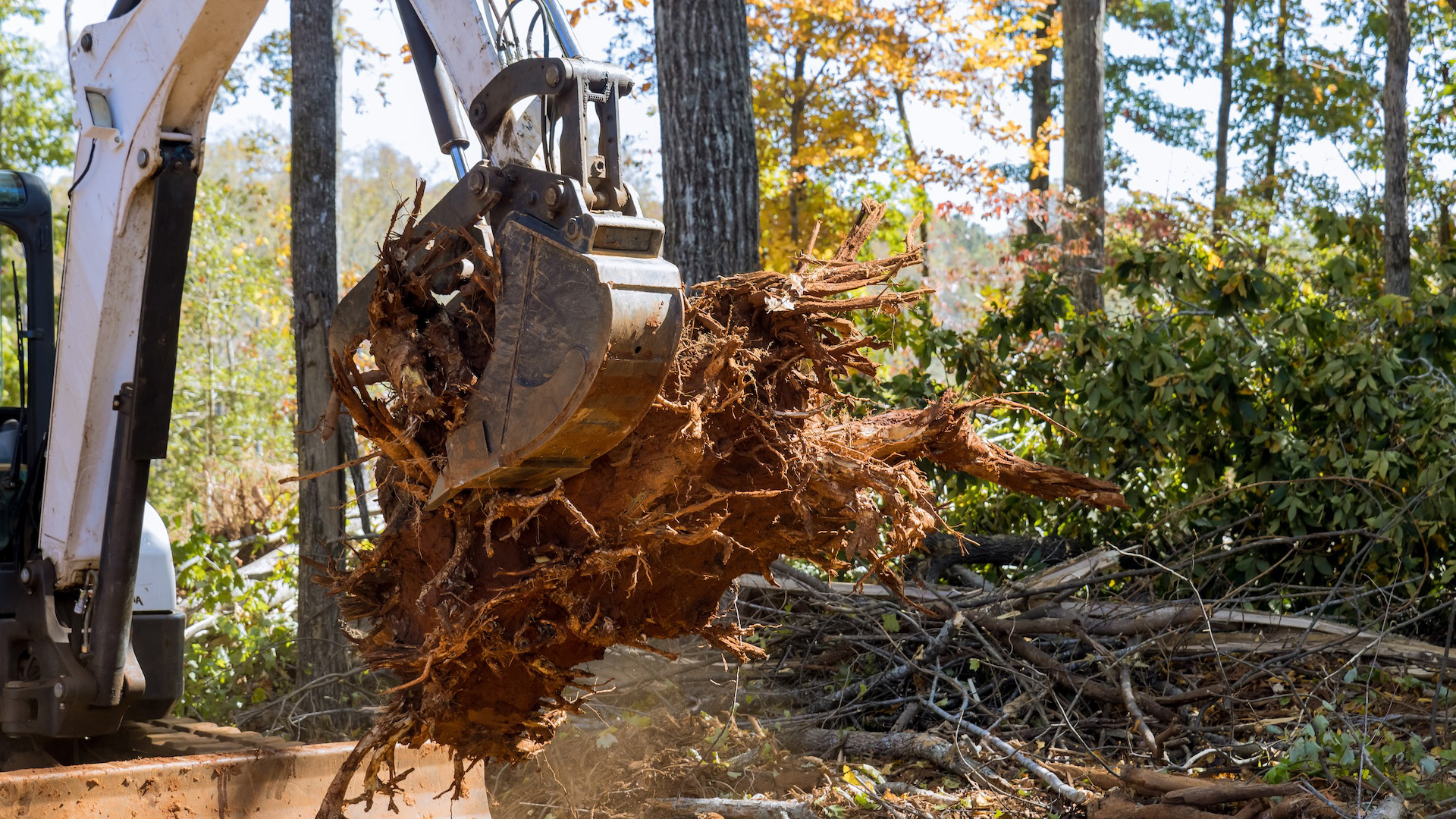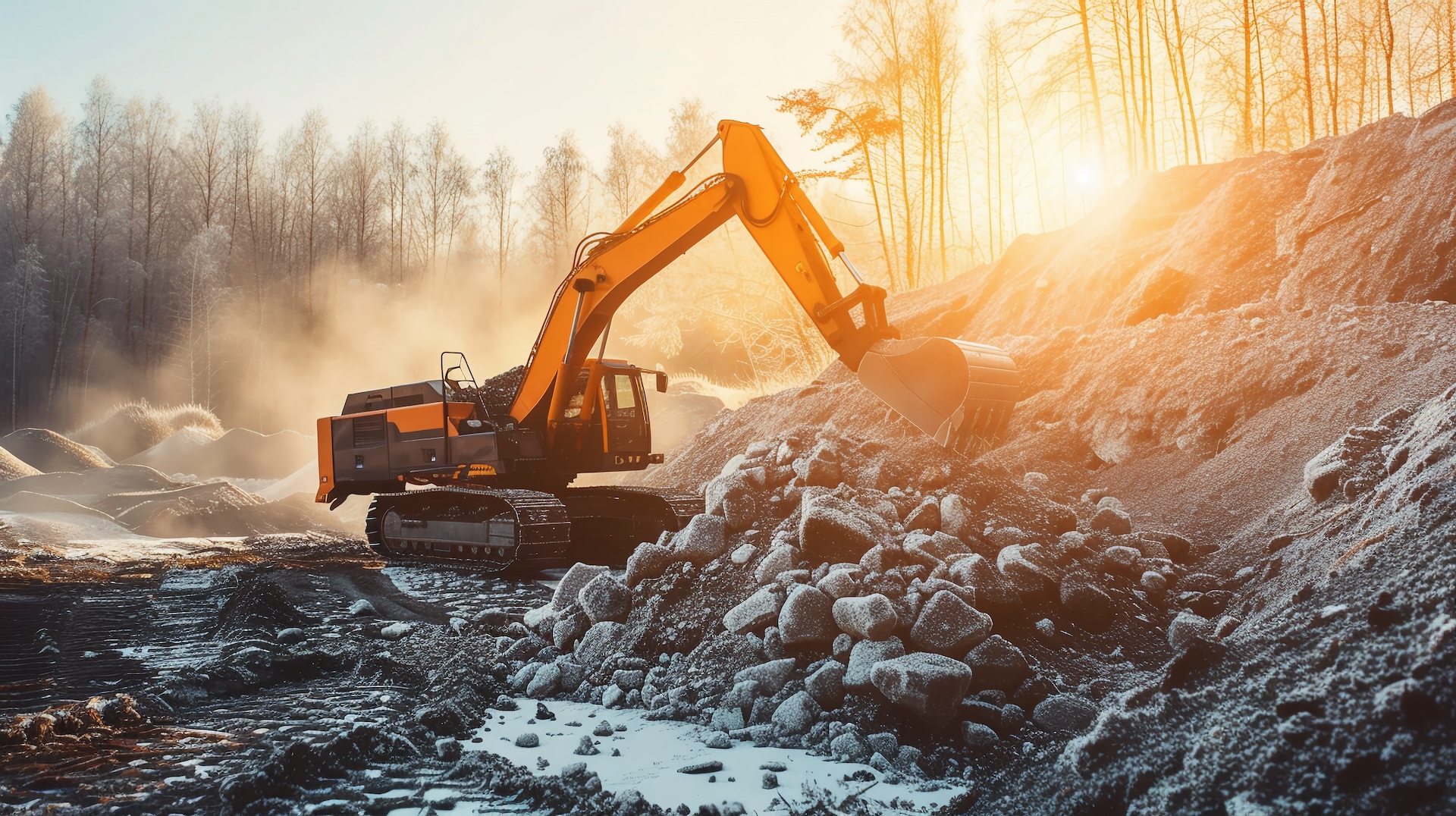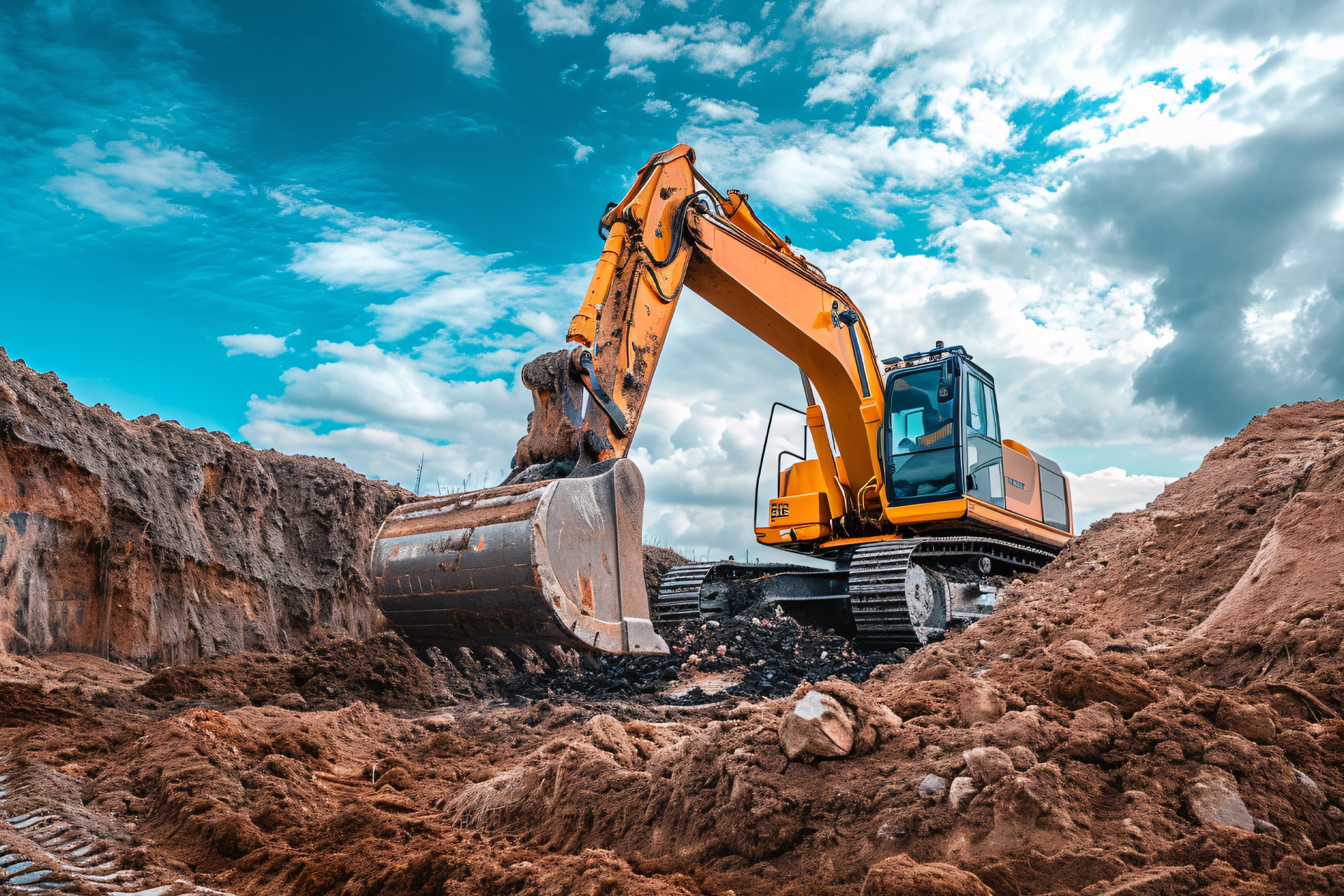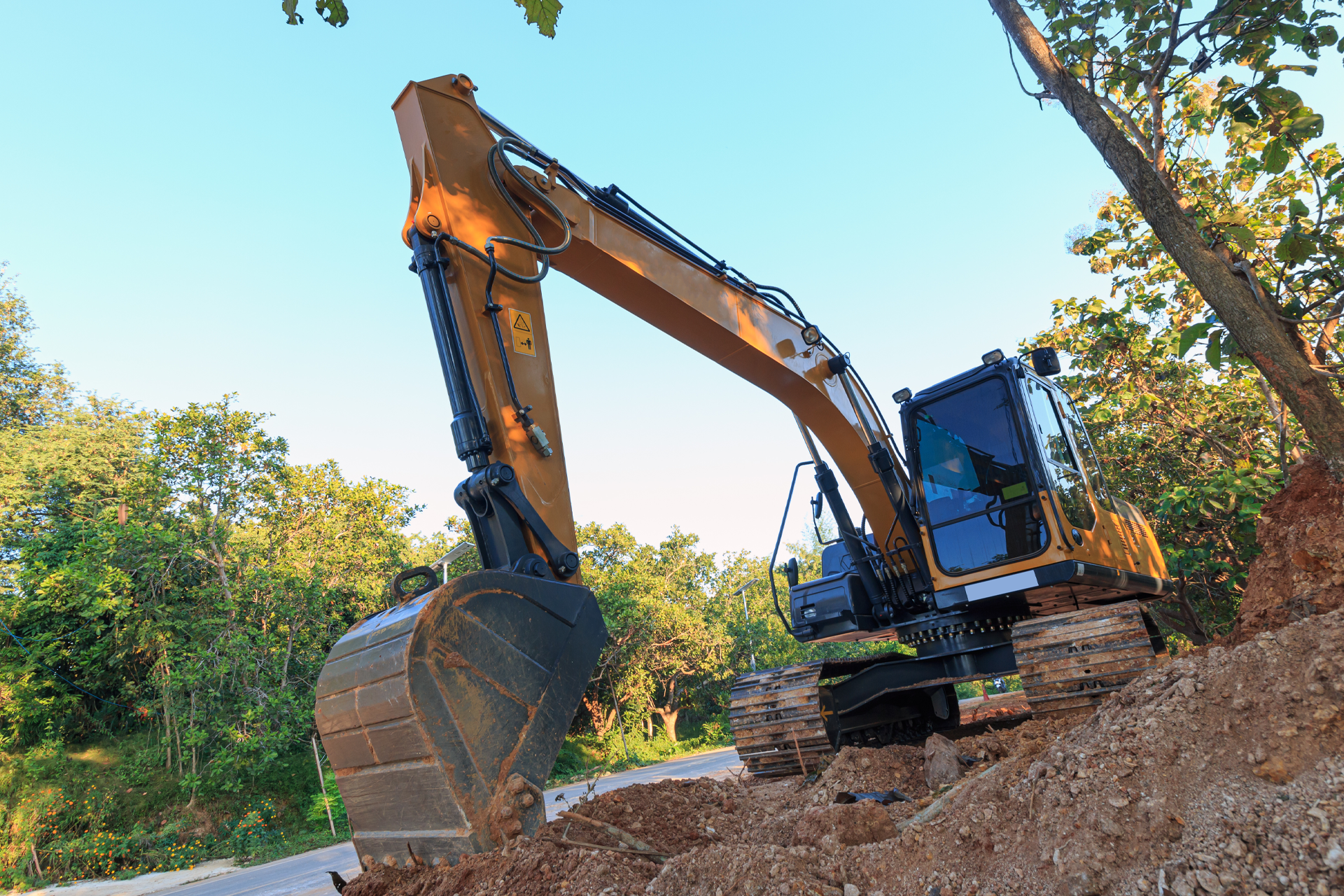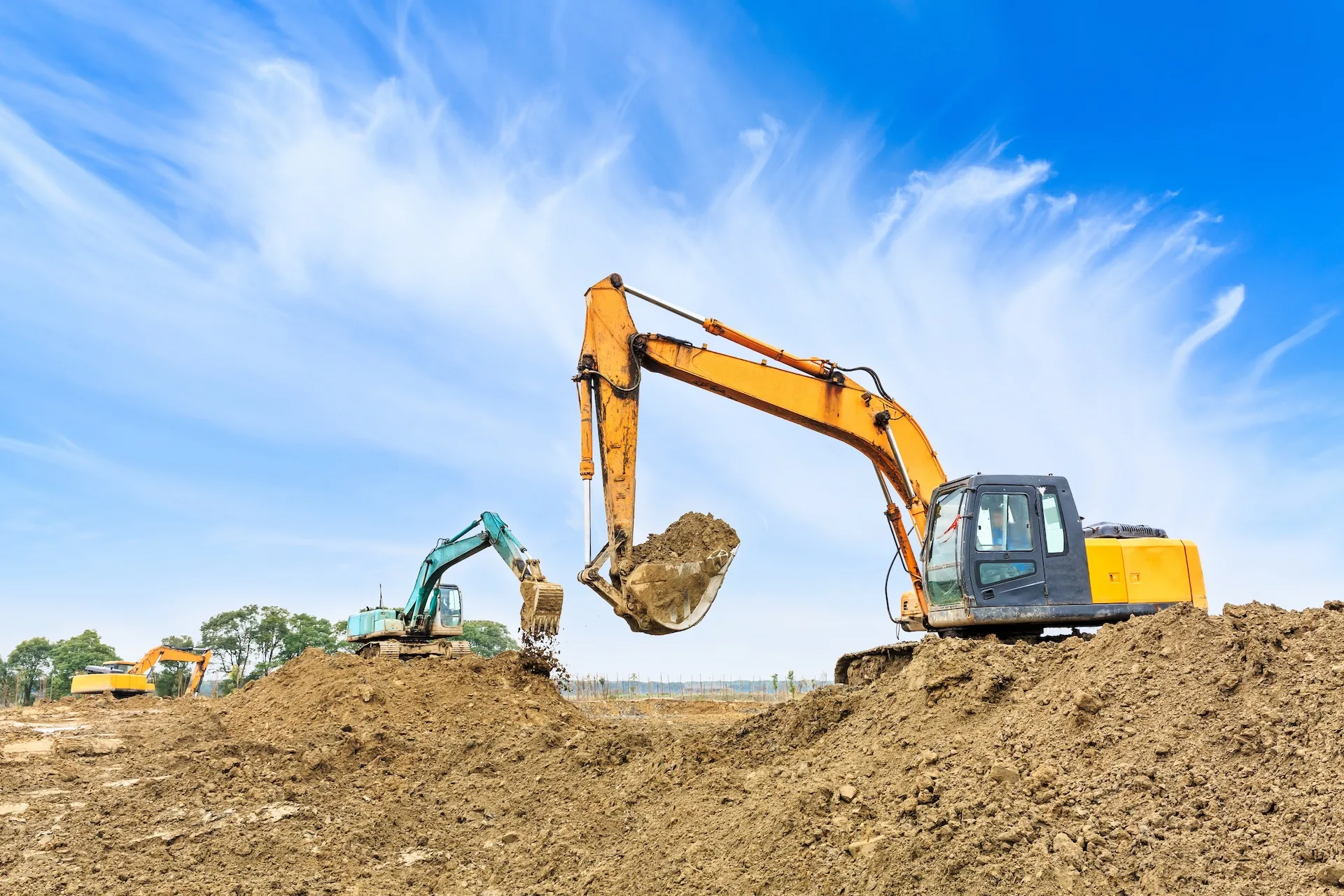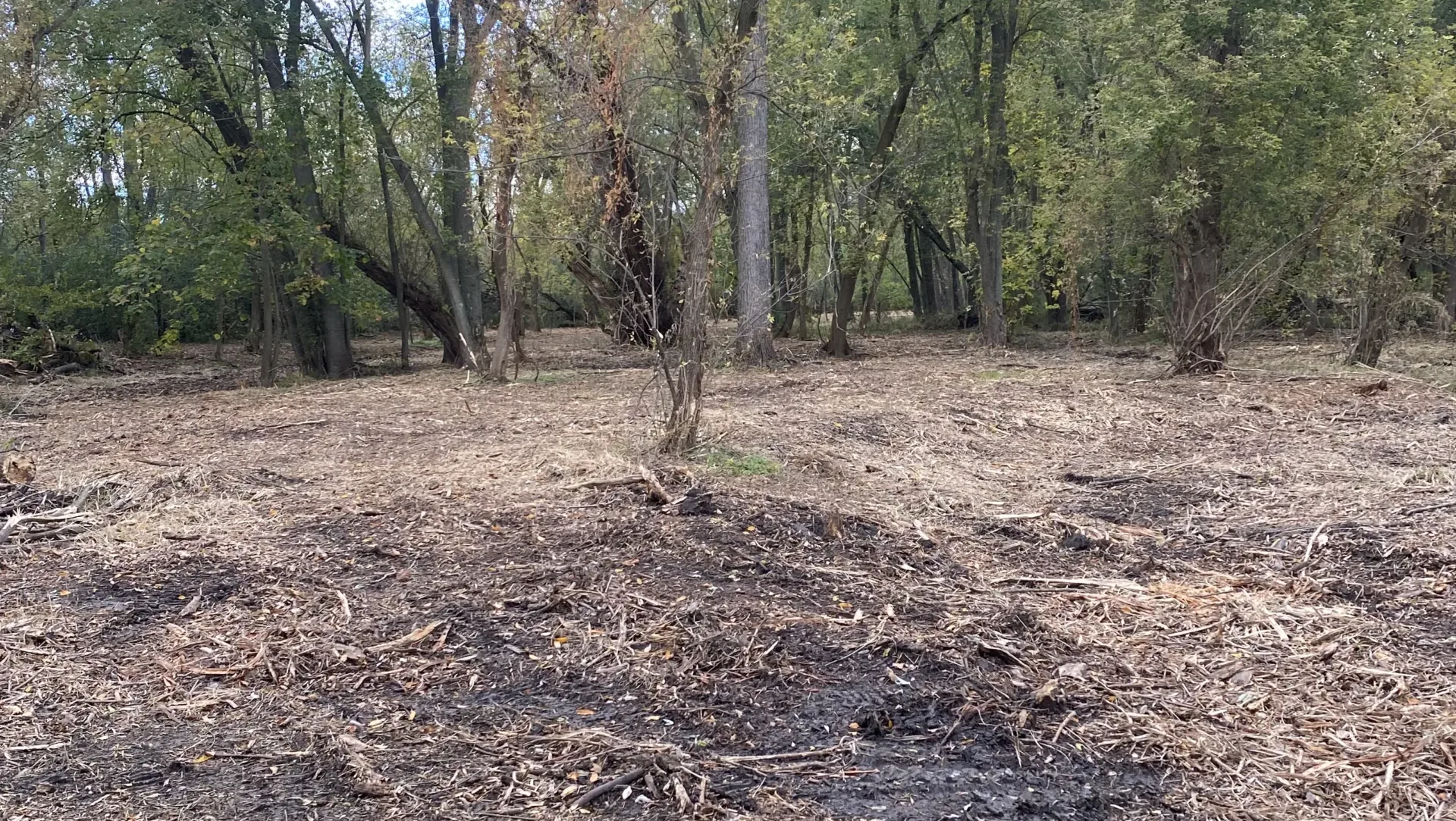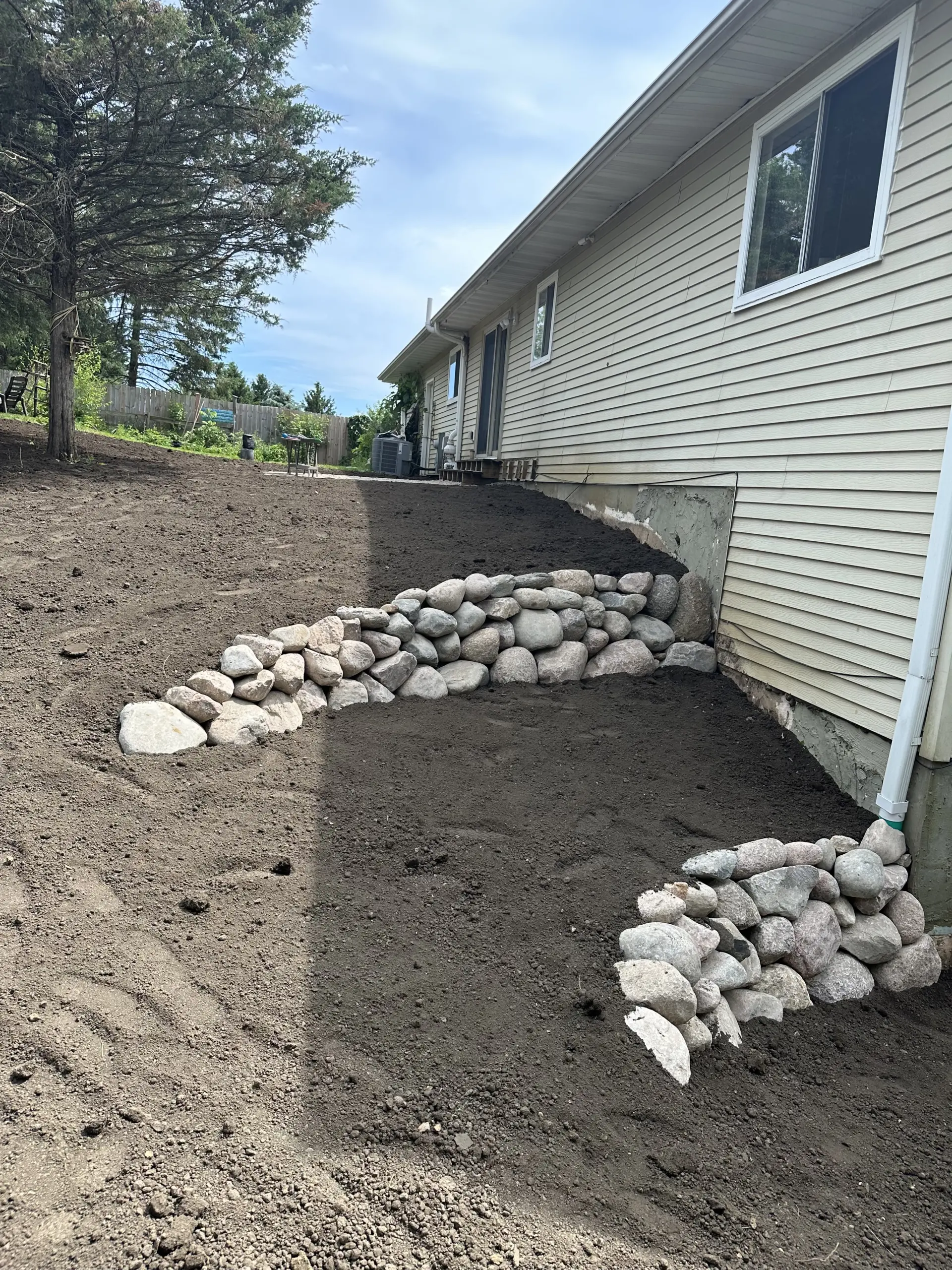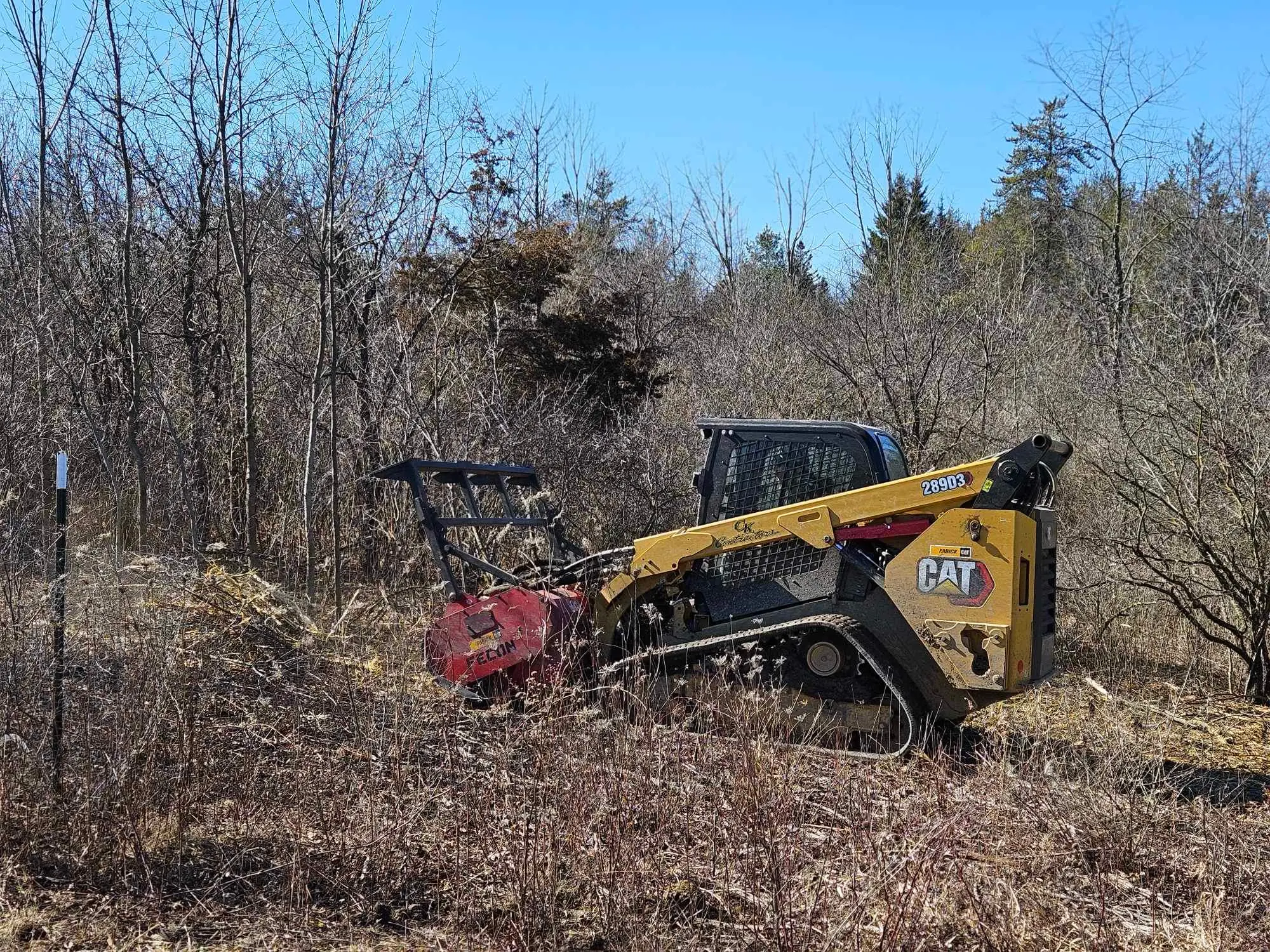Choosing the Right Lakeshore Restoration Contractor
Your Guide to Picking a Skilled and Experienced Lakeshore Fixer
Imagine Alex and Jordan, who were super excited about their new home with a beautiful shoreline property. But soon, they noticed the shore was getting eaten away by water. Their story is like many others who want to keep their little piece of paradise safe and prevent shoreline erosion. This guide will help you pick the right contractor for your erosion prevention job, making sure your waterfront property stays beautiful and safe.
What is lakeshore erosion?
Erosion of lakeshores is a prevalent issue with detrimental consequences for both the environment and property owners. Understanding the causes and effects of lakeshore erosion is crucial to address and mitigate its impacts.
Erosion occurs naturally because of the constant movement of water and wind, but human activities can accelerate this process significantly. Factors such as deforestation, improper land use, and construction near shorelines contribute to increased erosion rates.
Deforestation removes vegetation that helps stabilize the soil, making it more susceptible to erosion. Improper land use, including excessive development and agriculture near shorelines, can alter natural drainage patterns and lead to increased runoff, exacerbating erosion. Construction projects near lakeshores often involve the removal of vegetation and soil, further exposing the shoreline to erosion.
The consequences of lakeshore erosion are far-reaching. It can result in the loss of valuable land, damage to infrastructure and buildings, and the destruction of critical habitats for wildlife. Eroded sediment can also pollute the water, harming aquatic ecosystems
Fixing a worn-out lakeshore is essential to mitigate the effects of erosion and protect the environment and property owners. Several erosion control methods can be employed, including:
- Revegetation: Stabilizing the shoreline by planting native vegetation helps hold the soil in place and reduce erosion.
- Riprap: Using rocks or other materials to create a protective barrier along the shoreline can absorb wave energy and prevent erosion.
- Seawalls: While seawalls can provide protection against erosion, they can also have ecological impacts and may not be suitable in all situations.
- Bioengineering: Combining natural and structural elements, such as planting vegetation and installing erosion control blankets, can provide effective and environmentally friendly solutions.
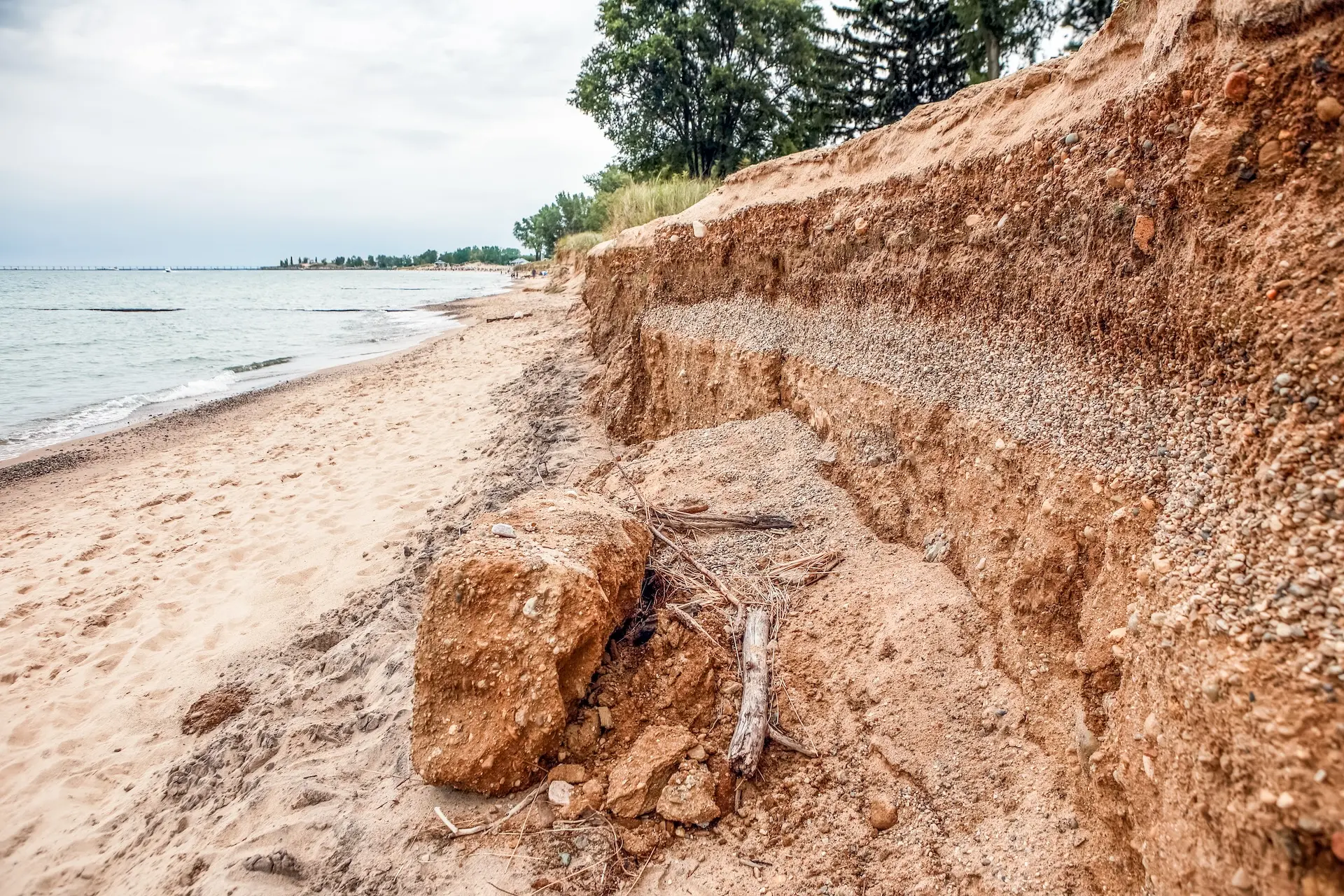
Addressing lakeshore erosion requires a comprehensive approach that considers the specific characteristics of the shoreline, the severity of erosion, and the potential environmental impacts. Collaboration among stakeholders, including landowners, government agencies, and environmental organizations, is essential to develop and implement effective strategies for lakeshore restoration and protection.
What Happens If You Don’t Fix Your Shoreline?
Why is it beneficial to fix shoreline erosion?
Fixing the shore can do a lot of good for you and nature. Here are some recommendations to keep your shoreline in better condition:
- Improved Property Value: A stable shore that is free of erosion damage can make your property worth more. It looks better and is protected against damage, making it more appealing.
- No More Losing Land: Without fixing, you could lose a lot of land. A fixed shore stops more land from disappearing.
- Cleaner Water: When soil washes away, it dirties the water. Fixing the shoreline helps keep the water clean.
- Homes for Animals: Many animals live along the shore. A fixed shore gives them a safe place to live.
- Fun by the Water: A stable shore means you can swim, fish, boat, and hike without worry. Fixing it makes these activities safer and more fun.
- Money Well Spent: Fixing the shore saves money in the long run. A study says for every dollar spent on protecting the shore, you could save up to six dollars from future damages.
Fixing your shoreline is a smart move. It keeps your property safe, makes the water cleaner, helps animals, and lets you enjoy the lake more.
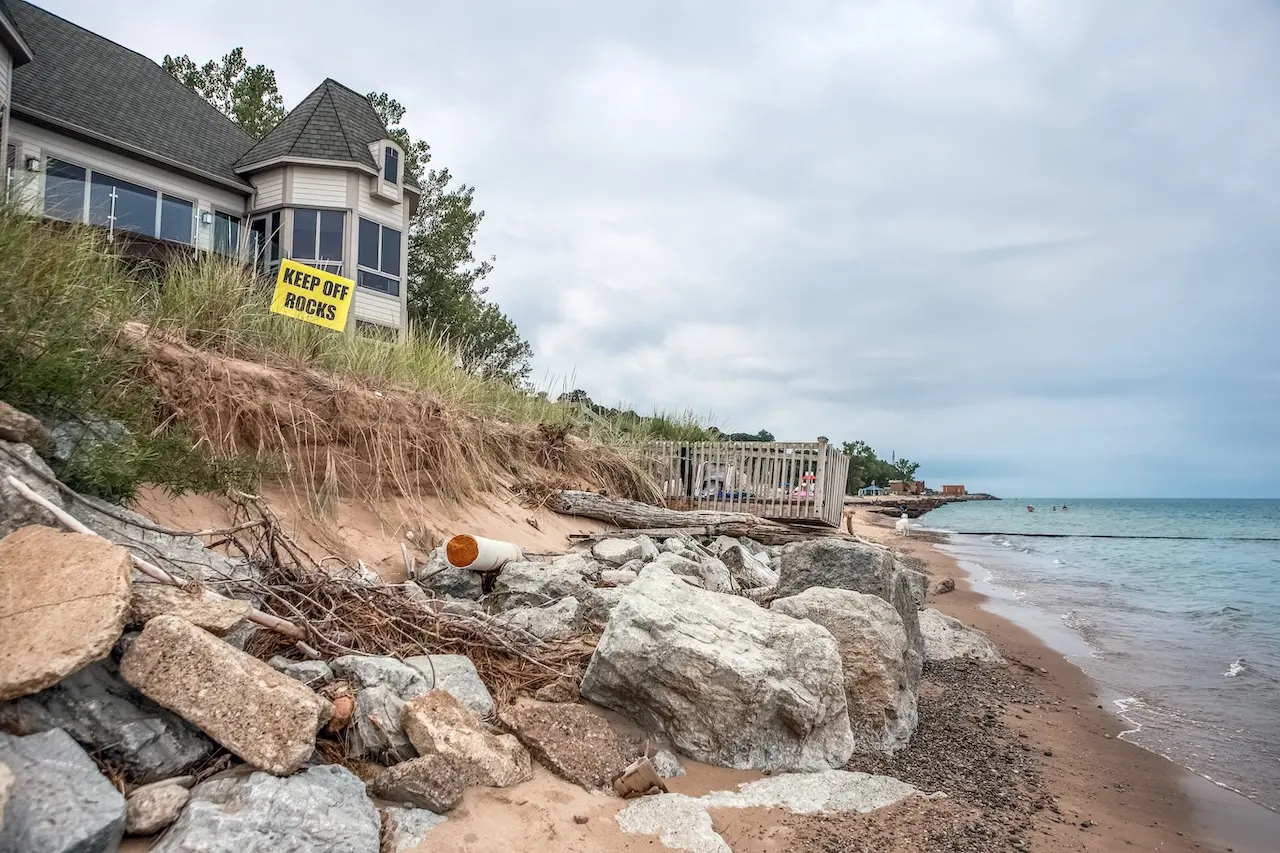
How to Pick the Best Lakefront Erosion Control Contractor?
When selecting a lakeshore restoration contractor, consider factors such as licensing and certification, experience and expertise, understanding of local regulations, technical proficiency, environmental ethics, communication and collaboration, budget and cost transparency, insurance and liability, warranty and maintenance, and community involvement. Look for contractors who have a proven track record in shoreline erosion control, prioritize sustainability, possess the necessary resources, and maintain open communication. Evaluating these factors will help you choose a reliable contractor for effective lakeshore restoration.
Following these tips can help you choose someone who will do a great job fixing your shoreline, giving you peace of mind.
Selecting the ideal contractor for your lakeshore is a pivotal decision that extends beyond mere shore repair. It signifies a commitment to preserving and nurturing both your property and the lake’s delicate ecosystem. By entrusting a skilled, experienced, and environmentally conscious contractor with the task, you contribute to the protection of your tranquil haven.
The right contractor will not only possess the technical expertise to address your shoreline needs effectively but will also prioritize environmental stewardship. Their approach should encompass sustainable practices, minimizing disruption to the natural surroundings, and employing techniques that maintain the integrity of the lake’s ecosystem.
Consider factors such as the contractor’s understanding of local regulations, their use of eco-friendly materials, and their commitment to ongoing maintenance and monitoring. A reputable contractor will prioritize communication, keeping you informed throughout the process and ensuring your satisfaction with the outcome.
Investing in a skilled and environmentally responsible contractor may require a higher initial investment, but the long-term benefits are significant. A well-executed lakeshore project not only enhances the visual appeal of your property but also contributes to the overall health and sustainability of the lake. By choosing the right contractor, you create a lasting legacy for yourself, future generations, and the lake’s diverse inhabitants.

